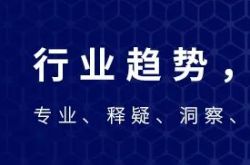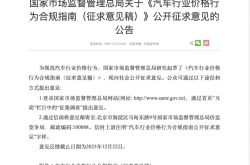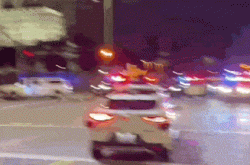Li Auto Initiates Price Cuts: Will a Fourth-Quarter Price War Ensue?
![]() 10/27 2025
10/27 2025
![]() 751
751
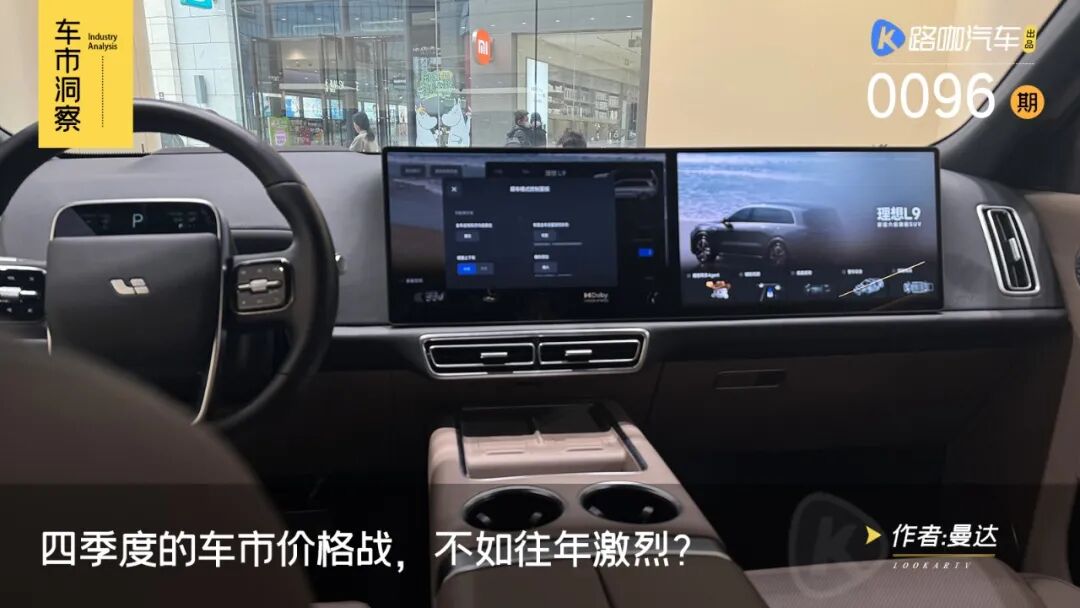
The traditional peak sales season of 2025 witnessed only a 'golden September' without a 'silver October'.
The recently concluded National Day Golden Week failed to provide a significant boost to October's automotive market. Data from the China Passenger Car Association (CPCA) reveals a decline in both wholesale and retail sales of passenger vehicles from October 1 to 19, compared to the same period last year. Retail sales of passenger vehicles reached 1.128 million units, marking a 6% year-on-year decrease.
Correspondingly, during the crucial fourth-quarter sales drive, automakers' incentive policies have become less generous than those of the previous year. Phrases like 'official price reductions' are now seldom used, replaced by terms such as 'subsidies' and 'benefits'. Faced with the challenge of balancing sales volume and profit, even automakers are tightening their belts.
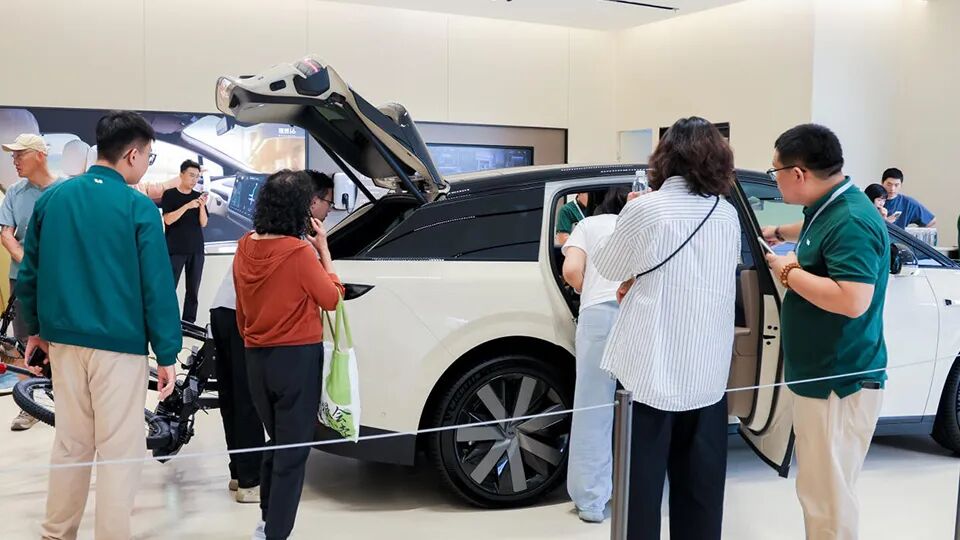
Recently, several Li Auto owners have taken to various social media platforms to express their dissatisfaction, stating that shortly after purchasing their new vehicles, the dealerships adjusted the prices. Some L9 owners even claimed to have 'lost 20,000 yuan overnight'. This incident occurred less than a month after Li Auto announced a 'limited-time official trade-in subsidy of 15,000 yuan' for its L series in early October. Owners reported that Li Auto dealerships adjusted prices under the pretext of 'insurance subsidies', ranging from 8,000 to 10,000 yuan, which could be combined with previous discounts.
Sales policies vary across regions. Upon investigation, it was found that the latest 'record-low' prices resulted in actual transaction prices differing by several thousand to 10,000 yuan compared to those during the National Day holiday. This difference is not as exaggerated as some online feedback suggested.
Undeniably, the 'profit king' among new energy vehicle (NEV) startups has reached a crossroads where it must choose between sales volume and profit. Li Auto fired the first shot in the fourth-quarter price war. Will other automakers follow suit?
Li Auto Cuts Prices, but Huawei Holds Back?
On October 20, Li Auto unexpectedly announced an 'insurance subsidy' policy for its L series models, which could be stacked with existing trade-in/cash benefits, offering discounts of over 40,000 yuan for some models. This move came shortly after an early October adjustment, leading to a concentrated backlash from users who purchased vehicles 1-10 days before the price change, experiencing a 'price before purchase, different price after' disparity.
The direct cause of the price adjustment is sales pressure. September delivery figures show other new energy startups like NIO, XPeng, Leapmotor, and Xiaomi reaching new heights. Leapmotor delivered over 60,000 units in September, surpassing Li Auto's peak sales. Li Auto's September sales dropped by over 36% year-on-year, marking the fifth consecutive month of decline. Before the pure electric i8 and i6 models gain traction, price adjustments are the most direct way for Li Auto to maintain its extended-range vehicle market.
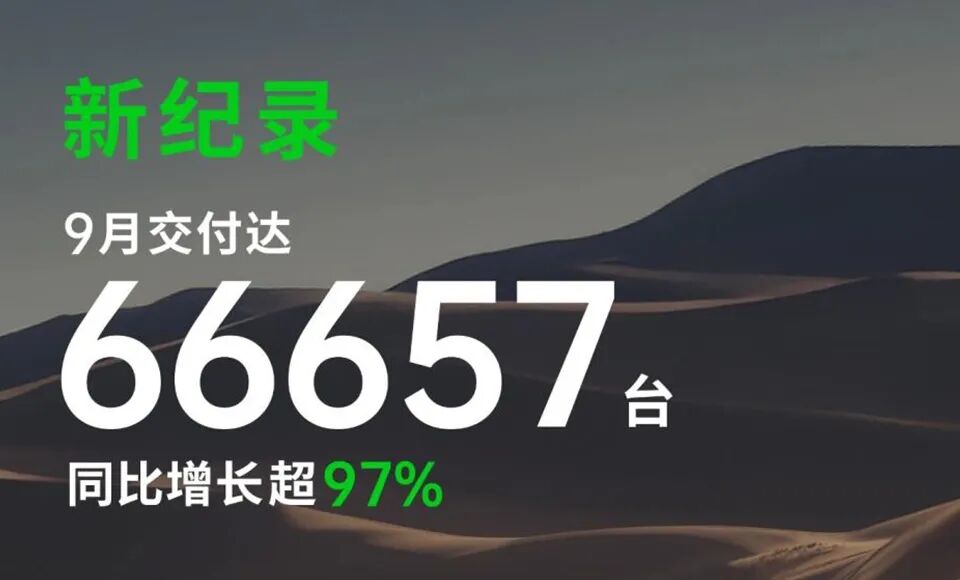
After stacking various terminal incentives, the terminal price of the Li Auto L9 dropped by 45,000 yuan from the suggested retail price, while the L7/L8 saw a 40,000 yuan decrease, and the L6's price reduction reached 33,000 yuan. This further widened the price gap with competitors like Seres.
Before last year's National Day holiday, Seres offered purchase incentives and discounts ranging from 10,000 to 40,000 yuan for its M7 and M9 models. Compared to the relatively straightforward cash discounts or high-value benefit packages in 2024, Seres' purchase incentives this year mainly focus on new energy and trade-in subsidies. In other words, there is less pressure to slash prices for volume.
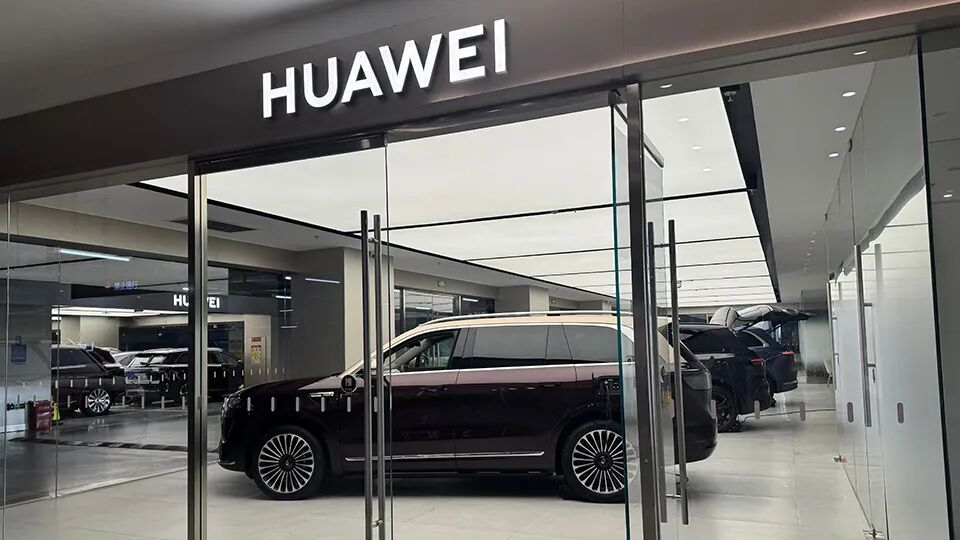
Among auto dealers, there's a 'code phrase' that 50% of annual performance hinges on the last three months' sales push, with year-end sales surges becoming an unspoken norm. Many seasoned individuals advise that automakers clear inventory and vie for rebates at year-end, making it the most cost-effective time to buy a car.
Unlike past blunt official price cuts, the fourth quarter witnesses more covert price war tactics, stimulating terminal sales through diversified strategies like insurance subsidies, interest-free financing, trade-in subsidies, and configuration upgrades without price hikes.
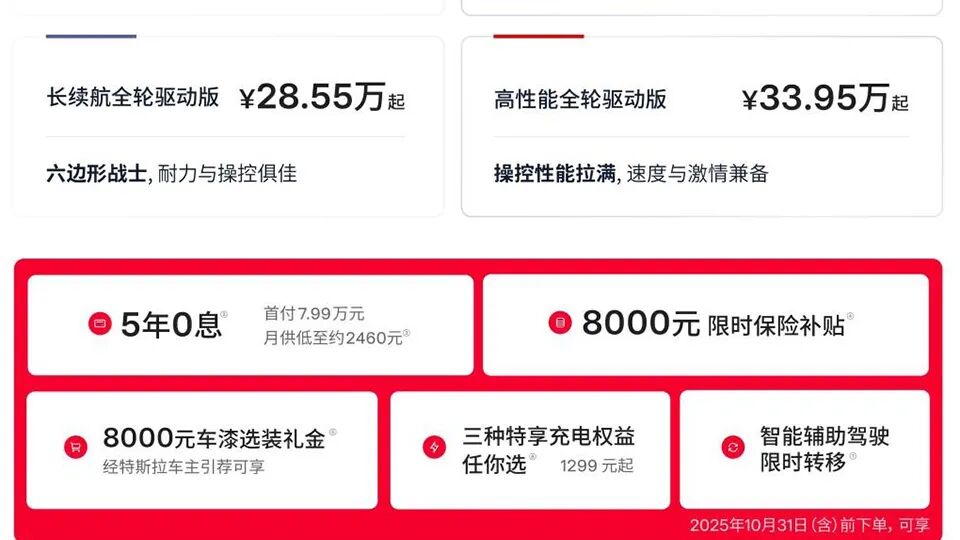
Tesla launched multiple purchase incentives in October, including '5-year zero interest' (3-year zero interest for select Model Y variants) and 'limited-time free transfer of intelligent assisted driving'. The Model 3's specified version also offers an 8,000 yuan limited-time insurance subsidy. Compared to last September's 28,000 yuan official price cut for the Model Y rear-wheel-drive version, Tesla's move this time is less generous.
CPCA data shows that in September this year, 23 models implemented price reductions, compared to 36 last year. NEV promotion amplitudes increased by 2.6% year-on-year to 10.2%. While overall promotion efforts remain high, large-scale 'official price cuts' have decreased, replaced by more structured incentives. Various combinations of 'subsidies' and 'benefits' have become the mainstream of this year's fourth-quarter price war.
The 2025 Price War: Less Intense Than 2024
Recently, three ministries issued new regulations on NEV purchase tax exemptions, setting a 100km pure electric range as the new threshold for plug-in hybrid (PHEV) and extended-range vehicles to qualify for tax exemptions. Starting next year, NEV purchase taxes will be 'halved'. For example, a PHEV priced at 100,000 yuan that does not meet the tax exemption criteria will incur over 4,000 yuan more in taxes than eligible models. This will affect products from multiple automakers, including Geely, BYD, and Chery.
In response to policy adjustments, automakers have reacted swiftly. Recent new car releases indicate that affordable PHEVs eligible for subsidies will still be available in 2026.
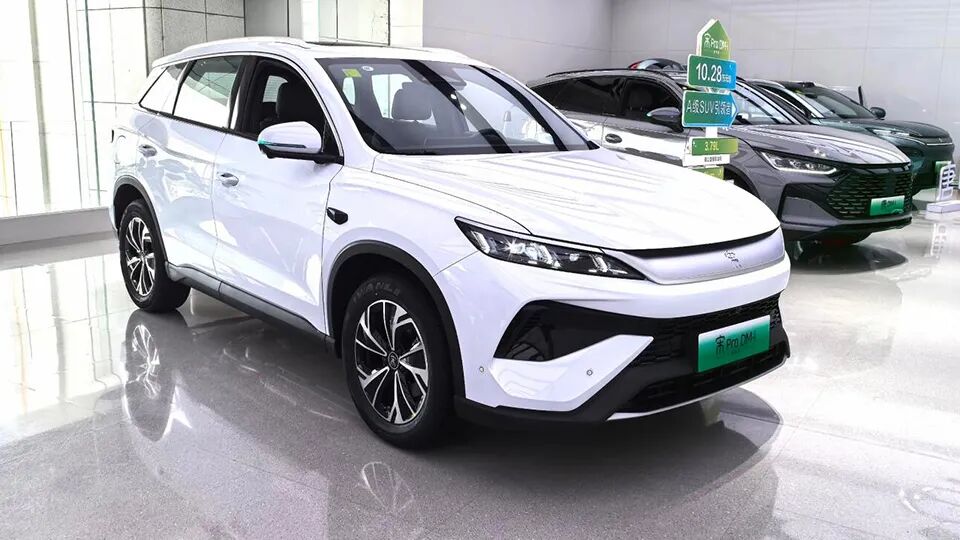
BYD's recently launched PHEV models have increased their pure electric range to over 100km. For instance, the 2026 Song Pro DM-i's entire lineup boasts a 133km pure electric range, with the starting price remaining the same as the 2025 model's 75km range. Unlike the 2025 model's standard 'Divine Eye' intelligent driving system, the 'Divine Eye C's' intelligent driving features are not standard on the 2026 model's entry-level 'Progressive' variant but are available on mid-to-high-end trims.
By shifting high-cost comfort features to higher-trim models, this structural configuration strategy is also applied to other recently launched new cars. For example, the 2026 Seal 05 DM-i's most significant change is an increased pure electric range of 128km, while the entry-level official guide price remains at 79,800 yuan. Compared to the 2025 Seal 05 DM-i, only the 2026 'Luxury' trim matches the 2025 entry-level price. However, the 2026 model removes the L2-level assisted driving system, retaining only cruise control and other functions.
In summary, to simultaneously meet the conditions of increased battery capacity and stable pricing, optimizing stock keeping units (SKUs) has become crucial for automakers to balance costs.
Indeed, before the policy announcement, PHEV models had generally already increased their pure electric ranges. Great Wall Motors' Haval Menglong PHEV now offers a full lineup with over 100km pure electric range and improved fuel consumption in the 2026 model. Changan's UNI-Z PHEV was launched with a 125km variant, bringing the entry price down to 86,900-93,900 yuan through combined subsidies.
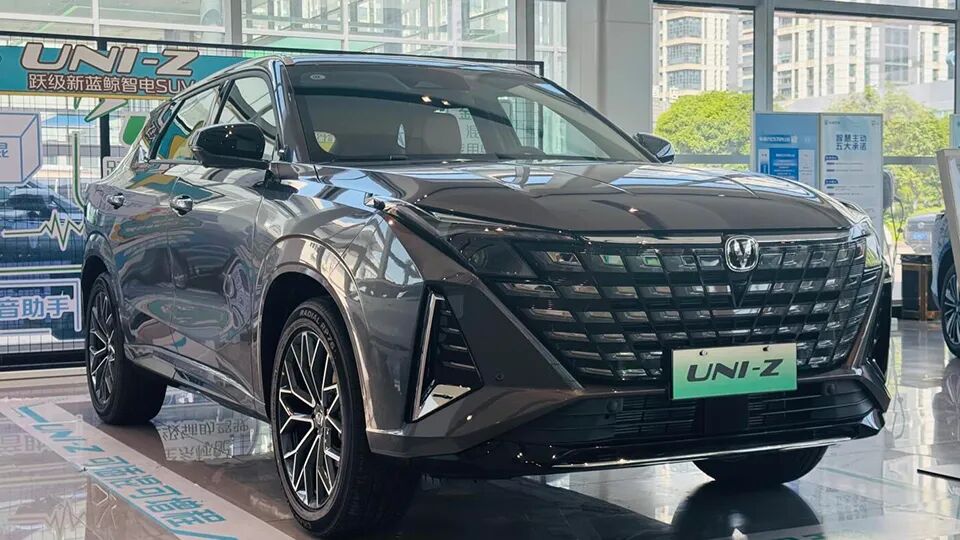
In other words, the policy's 'last-chance effect' on PHEVs with less than 100km pure electric range has largely been released before the fourth quarter. Mainstream automakers' new PHEV models have comprehensively surpassed the '100km threshold', transitioning mainly through 'new long-range variants and stable pricing'.
Compared to 2024, the fourth-quarter price war in 2025 appears more tailored. Besides automakers' limited financial resources, subsidy policy adjustments guide enterprises to invest resources in hard indicators like batteries, thermal management, and electric drive efficiency. Part of the price reduction space is 'consumed' by technological costs, with price competition giving way to 'technological compliance + configuration structure optimization'.



